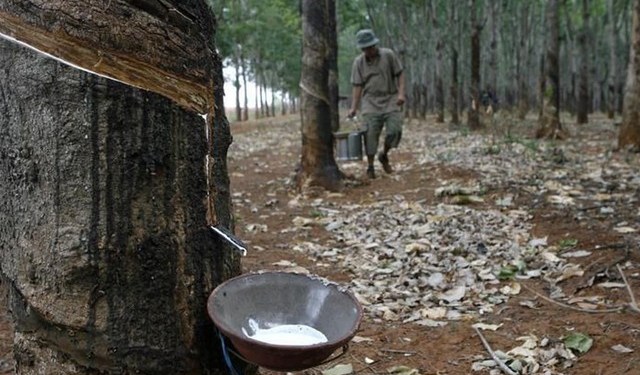Styrolution will cut its February European general purpose polystyrene price Eur15/mt ($17/mt) and its acrylic-butadiene-styrene rubber price Eur20/mt on falling feedstock costs, the company said Monday.
In addition, Styrolution said it would keep its high impact PS premium over GPPS at Eur90/mt.
Platts assessed January GPPS net contracts at Eur1,125/mt FD NWE, down Eur230/mt from December, while January ABS contracts were assessed at Eur1,480/mt, down Eur130/mt.
The Northwest European February styrene monomer contract price fully settled at Eur895/mt FOB ARA, down Eur55/mt, in line with a decrease in ethyl-benzene styrene production costs of Eur57.43/mt, while the butadiene contract price settled at Eur575/mt FD NWE.
ABS composite costs amounted to around Eur65/mt, based on 60% butadiene, 20% styrene, 20% acrylonitrile production ratios, according to a Styrolution source’s estimates.
This decrease, if successful, would enable producers to keep some of the feedstock decrease, extending profits for the second month in a row.
Traders, buyers and producers admitted that supply is more balanced and in some cases producers are closing their order books earlier than usual.
“There’s a lot of interest [with] this being the month to buy. Everybody has waited and waited. If you haven’t bought anything in January, you buy now. This one could be the month where everyone thinks that this is the month to fill your boots,” a polystyrene trader said.
Styrolution said it felt that it was in a favorable position to stay firm in limiting any decreases.
The company said it noticed a shift in the European market from Asian producers to local producers because of the weaker euro in the past month as importers stayed away.
The euro-dollar exchange rate fell more than 7% to a low of $1.1281 on January 23, down from $1.2151 on December 31.
“We have gained competitiveness against the Asians and this leaves more volumes for it. We have already [have] 70% of volumes in February in our books,” the Styrolution source said.
Polystyrene is used in the manufacture of insulation sheets and packaging applications, while ABS is used in the production of interior car panels and consumer products such as toys and power tools.
– Platts.com



























